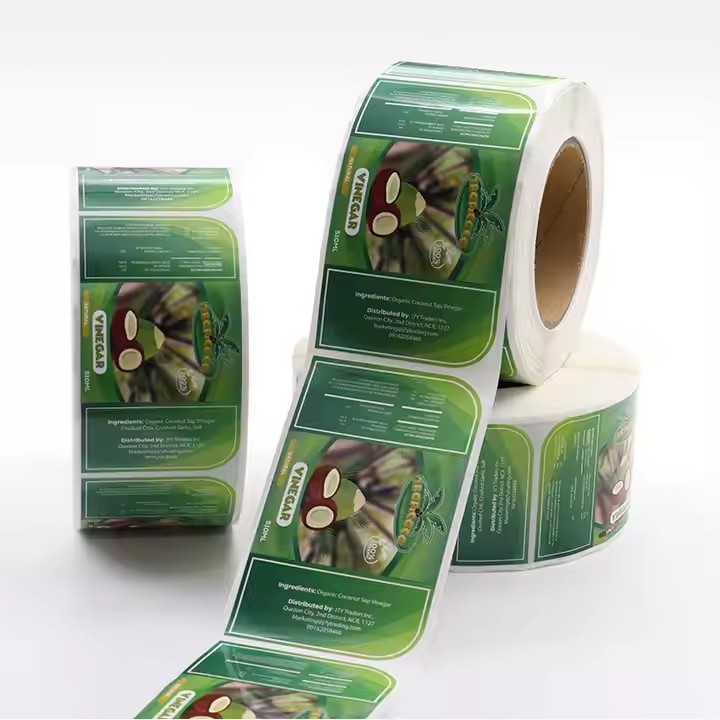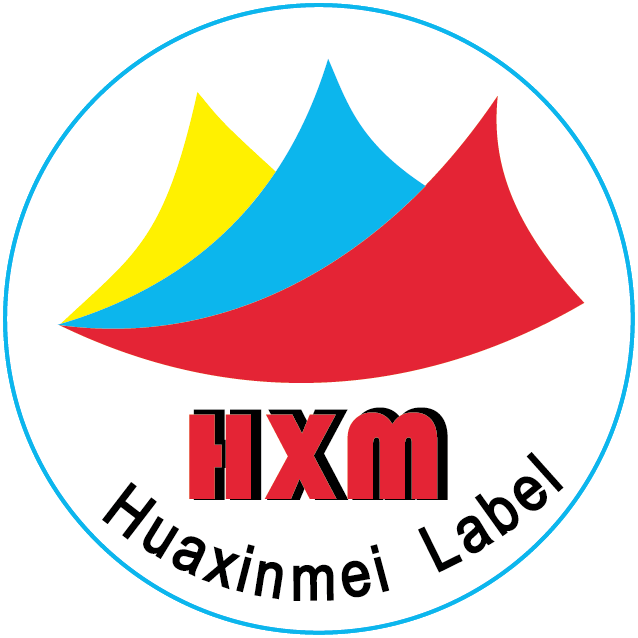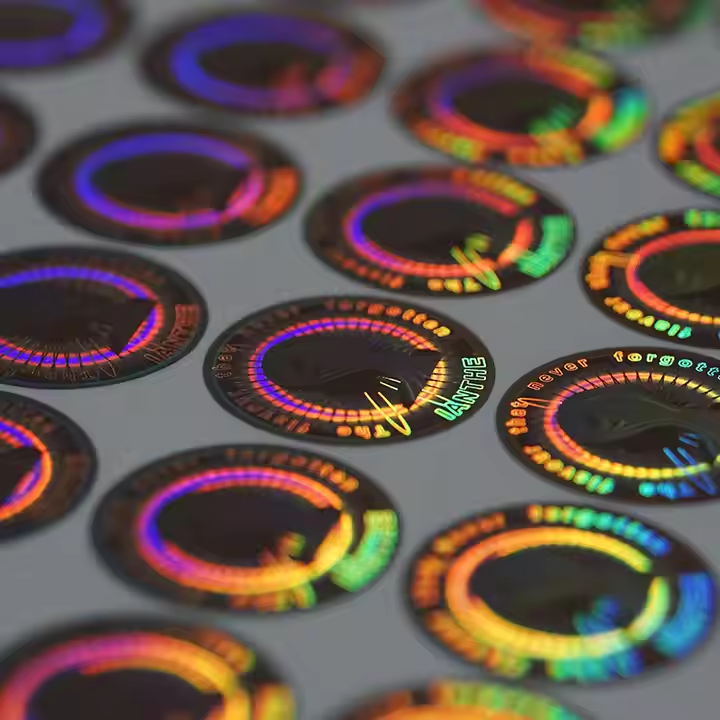Manufacturers offer a wide variety of design options for packaging boxes, as diverse packaging designs are essential to meet different consumer needs for a range of products. So, what design options do manufacturers provide for packaging boxes?
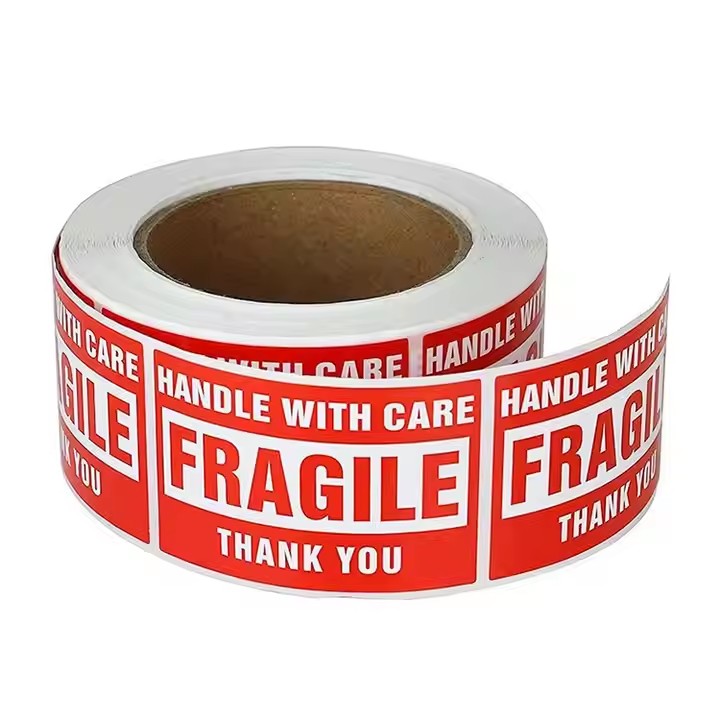
Box Structure Design
When it comes to the design of a product’s packaging box, the shape can vary, but it should align with the brand image and product attributes. For instance, luxury cosmetics brands typically aim for high-end packaging that is elegant and refined. Most cosmetic collaborations feature highly designed packaging that conveys careful consideration for the consumer, enhancing perceived value and emotional appeal.
Box types include tuck-end boxes, which have top and bottom flaps that tuck into the main body. This type of box is convenient for packaging lighter items, such as small electronics or stationery, and is relatively low-cost with high packaging efficiency. It suits products like stationery and electronics, which are generally smaller or more delicate.
Another option is drawer-style packaging, consisting of an inner box and a sleeve that slides out. This type uses more paper and is slightly more expensive but offers a premium feel. It is commonly used for cosmetics, jewelry, and high-end stationery, providing a refined and elegant experience for the user.
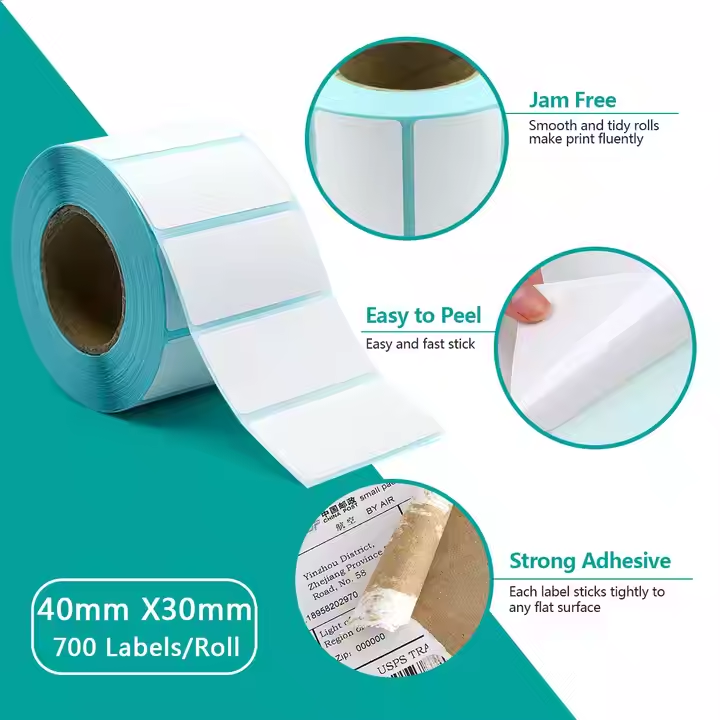
If your products include jewelry, high-end custom clothing, or perfume, this type of packaging can effectively align with your brand positioning and consumer expectations. There’s also a style that unfolds into a flat sheet, using structural design for a one-piece assembly without glue, saving on processing costs and adhesive expenses. This box type is simple to form, widely used in e-commerce for shipping, and effectively protects items during transit.
Another type is the book-style box, which opens like a book from the side and consists of a cover and base. Depending on the custom size and functionality, materials such as magnets or metal plates may be used. This style is suitable for high-end gifts like deluxe books, premium tea, or jewelry, offering artistic and aesthetic appeal. Additionally, many book-style boxes can be reused, aligning with consumer preferences for sustainability and environmental consciousness.
The lid-and-base box is another option, featuring a separate lid and base. Although it uses more paper and is slightly more expensive, it offers good quality and allows for increased sturdiness with double-layer thickness. This style is suitable for premium gift boxes, such as clothing, jewelry, and gourmet food, enhancing the product’s image and status. A notable advantage is that this box type is resistant to damage during transport and can be reused, promoting longevity and eco-friendliness.
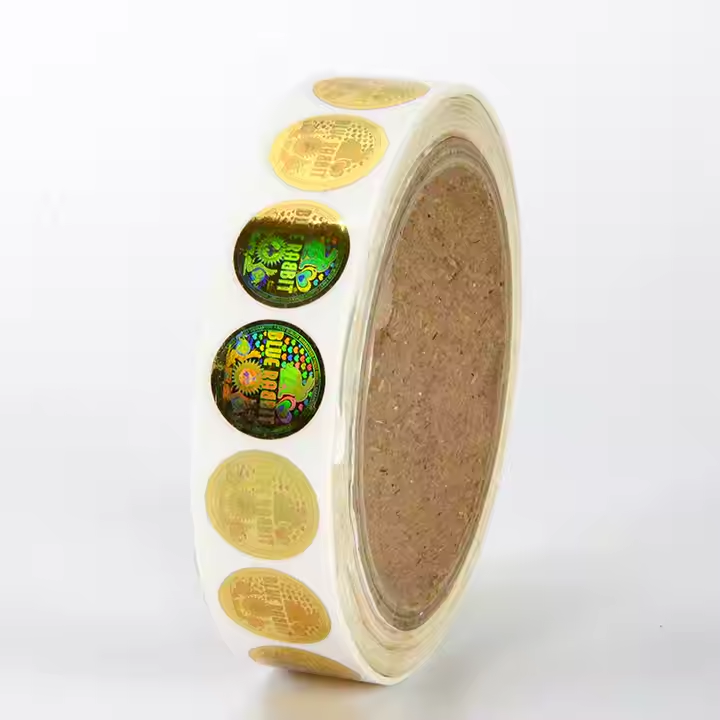
Choice of Packaging Materials
In addition to the various box types mentioned, there are also paper material options. The choice of paper can depend on the brand’s positioning and style. Coated paper is known for its smooth surface and excellent printing quality, making it suitable for beautifully designed patterns and text, commonly used for high-end gift boxes, cosmetics, and gourmet food packaging.
Quality black cardstock is another choice, featuring a deep color and strong texture, ideal for conveying a stable and high-end style, suitable for men’s gift boxes, high-end electronics, and perfume packaging. Artistic paper, with its unique texture and color, adds an artistic touch and personality to the packaging, often used for art gifts, fashion items, and handmade products. Artistic paper tends to be more expensive due to its intricate design and processing.
Additionally, specialty papers, such as gold and silver cardstock or holographic paper, provide unique visual effects and anti-counterfeiting features. These papers have a luxurious appearance, making them suitable for high-end gift boxes, cosmetics, and luxury brand packaging to enhance product status and appeal.
